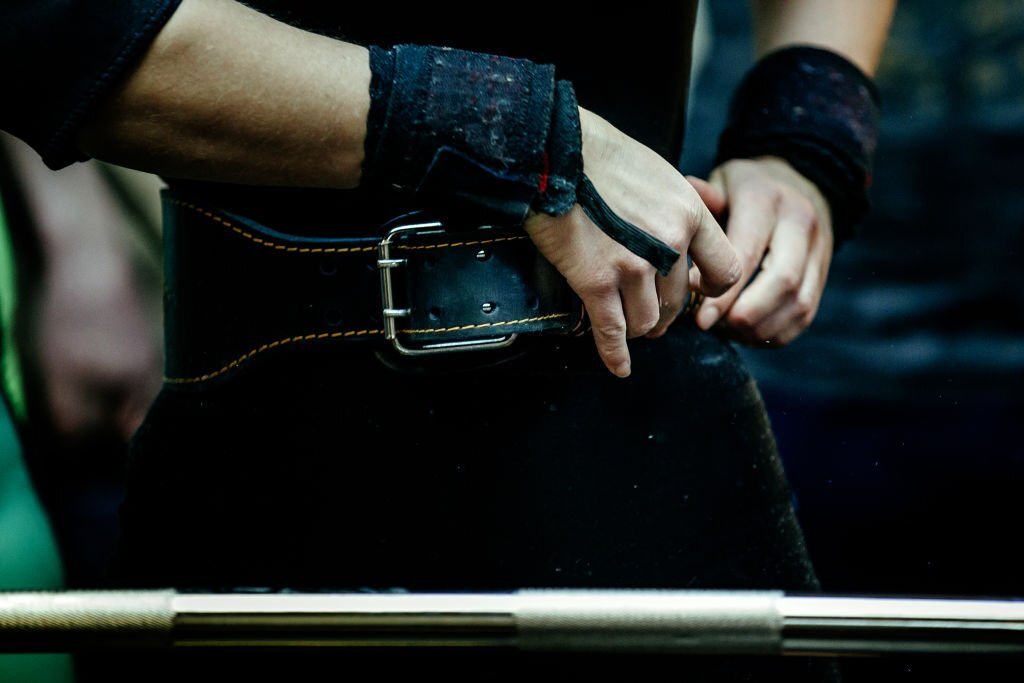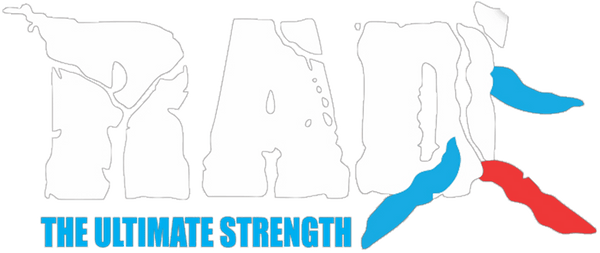
The Ultimate Lifter's Companion: Lifting Belts
Share
Get the Support You Need for Heavy Lifts with a Lifting Belt!
Struggling with heavy lifts? Look no further than a Lifting belt! Get the support you need and perform better with this must have fitness accessory. Stabilizes your core and protects your back. For weightlifters and powerlifters. Get more gains and less injury. Get your lifting belt now!
Why Use a Lifting Belt?
Lifting belt is for weightlifters, powerlifters and strength enthusiasts. They support and stabilize the lower back and core so you can lift heavier with less injury. The main purpose of a Lifting Belt is to increase intra-abdominal pressure which stabilizes the spine and helps you maintain proper form during heavy lifts.

Types of Lifting Belt
Powerlifting Belts
Powerlifting belts are the most popular type of lifting belt used by strength athletes. They are wider in the back and taper to the front. Made from high quality leather or synthetic materials they offer great support for heavy compound lifts like squats, deadlifts and bench press.
Olympic Weightlifting Belts
Olympic weightlifting belts are not as thick compared to powerlifting belts. They are designed to provide support while allowing for more mobility and flexibility during dynamic movements like snatches and clean and jerks. Made from leather or tough nylon.
Velcro Belts
Velcro belts (also known as quick release belts) are great for those who want convenience and ease of use. These belts have a Velcro strap system for quick adjustments and a tight fit. Velcro belts are made from heavy duty nylon and suitable for all lifting exercises.

Choosing the Right Lifting Belt
Selecting the right lifting belt is crucial to ensure maximum effectiveness and comfort. Here are some factors to consider when choosing a lifting belt:
Width and Thickness
Width and thickness of the belt determine the level of support it gives. Powerlifters prefer wider and thicker belts for maximum stability, weightlifters prefer narrower belts for dynamic movements.
Material
Lifting belts are made of leather or synthetic materials like nylon or suede. Leather Lifting Belts is durable and give a secure fit, synthetic belts are more affordable and wear and tear-resistant.
Buckle or Velcro Closure
Do you prefer a traditional buckle closure or Velcro strap system. Buckle closure gives a secure fit but takes more time to adjust, Velcro closure gives quick and easy adjustments.
Size and Fit
Make sure to choose a Weight Lifting Belt that fits snugly around your waist without being too tight. Measure your waist circumference and refer to the manufacturer's size chart to find the right size.
Proper Usage and Technique
Using a Lifting Belt correctly is crucial to maximize its benefits and minimize the risk of injury. Here are some tips for proper usage:
Position the belt:
Place the belt above your hip bones and below your ribcage, so it covers your lower back and core.
Adjust the tightness:
Fasten it tight but not too tight. It should support without restricting your breathing or movement.
Engage your core:
Before every lift take a deep breath and squeeze your core into the belt. This will increase intra abdominal pressure and stabilise your spine.
Form is king:
A lifting belt is not a form substitute. Keep good form, neutral spine and core engaged throughout.

